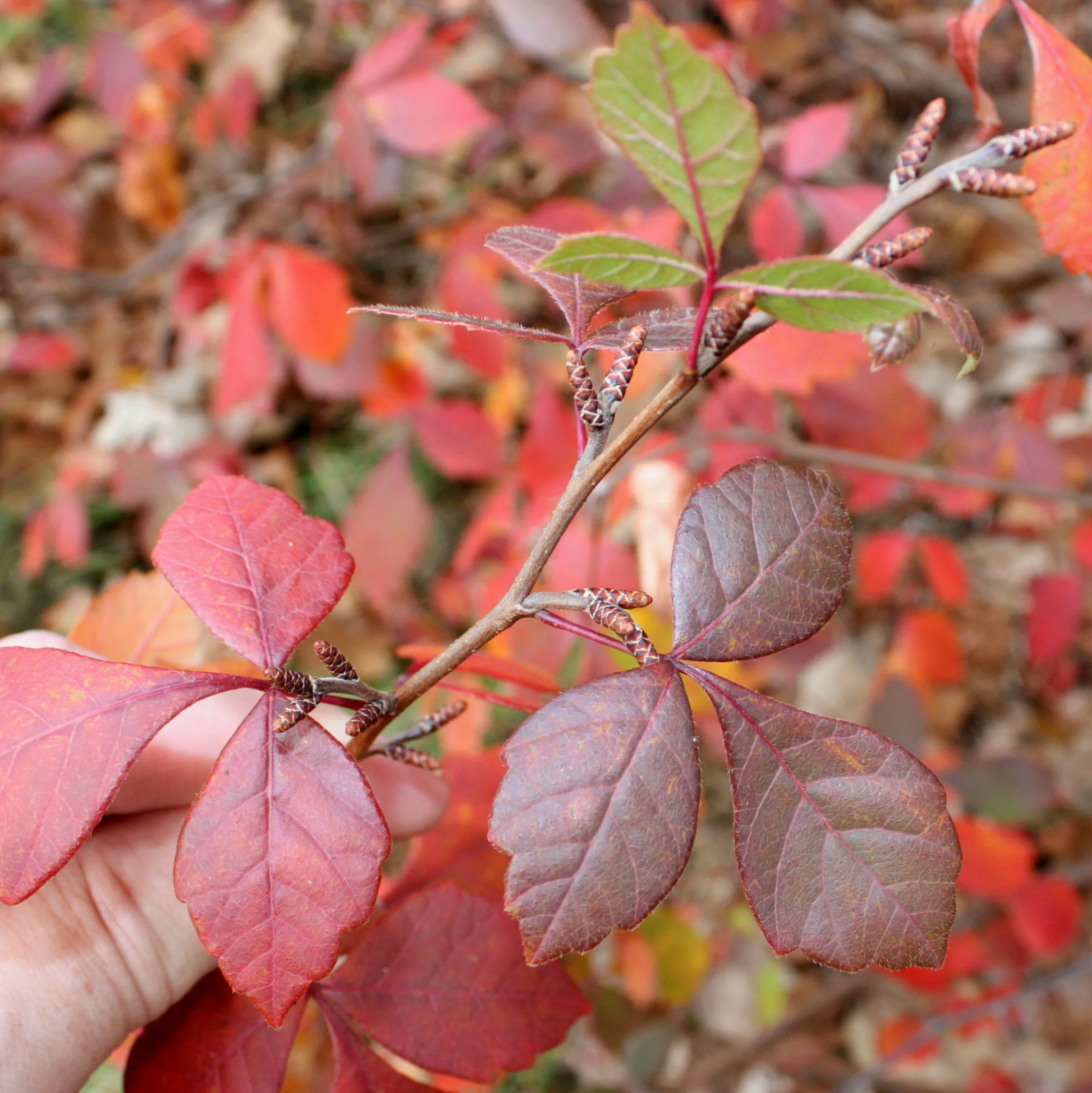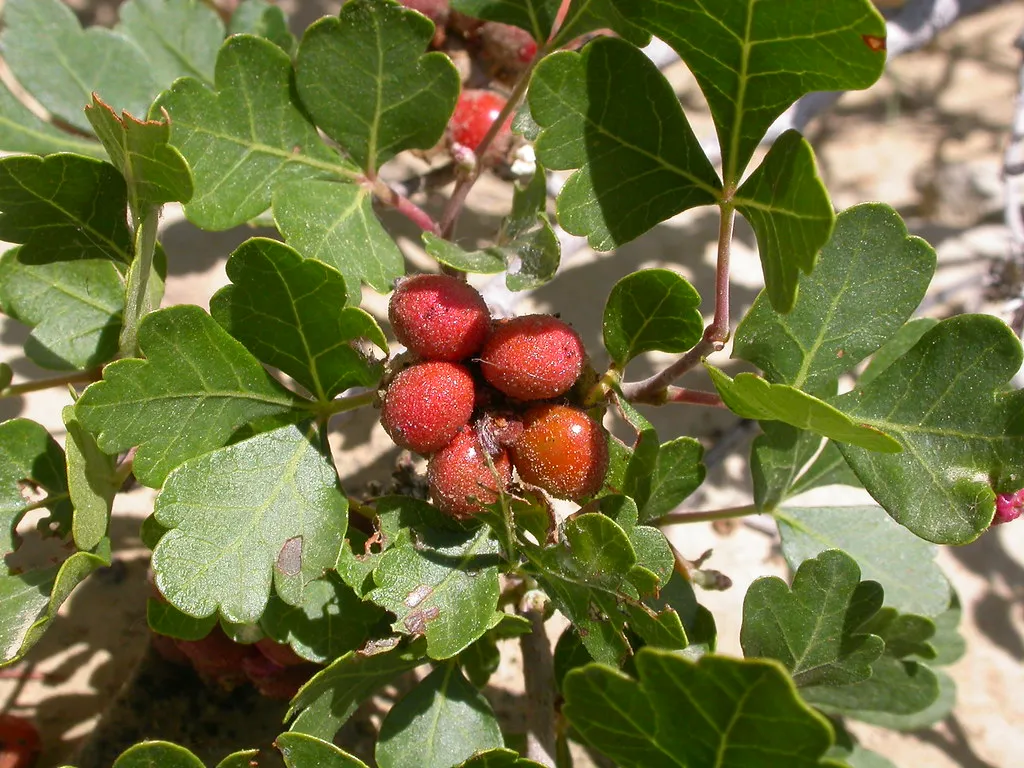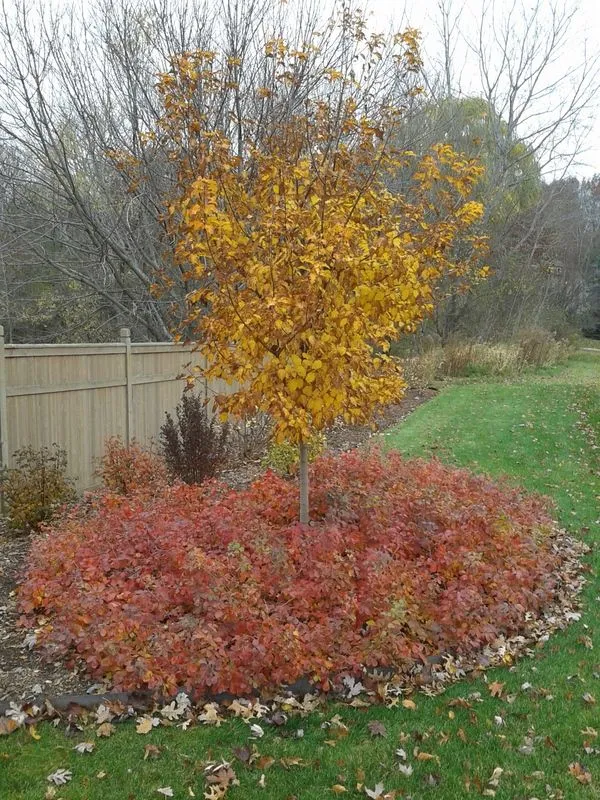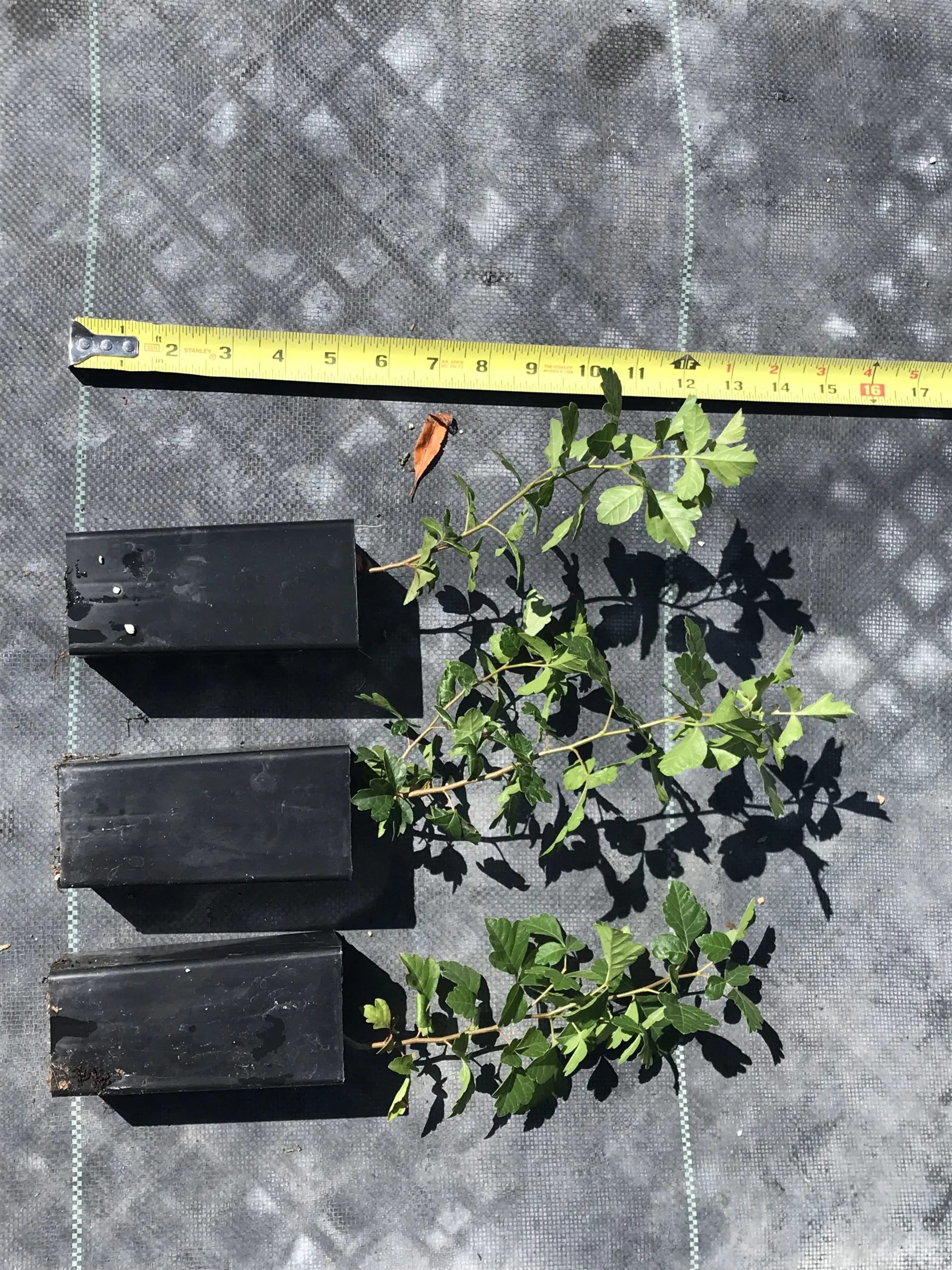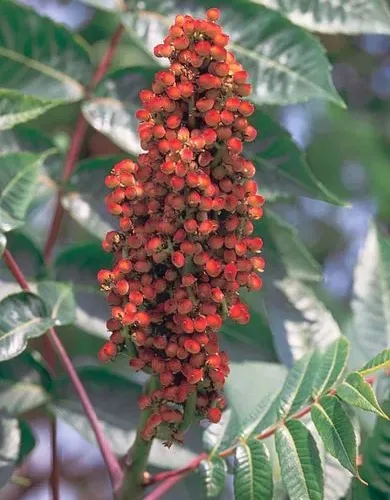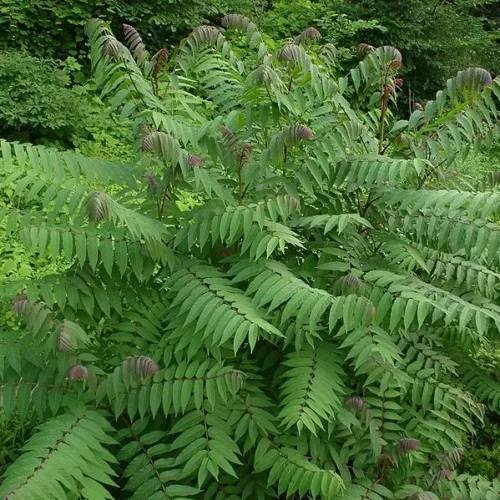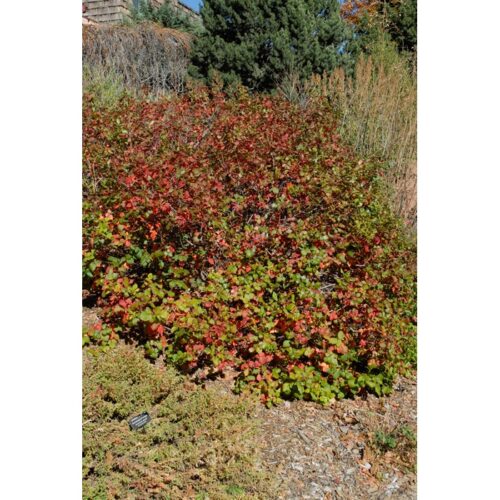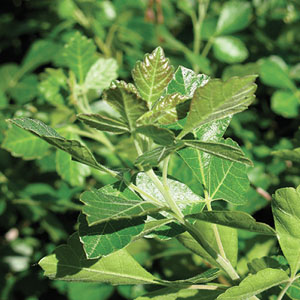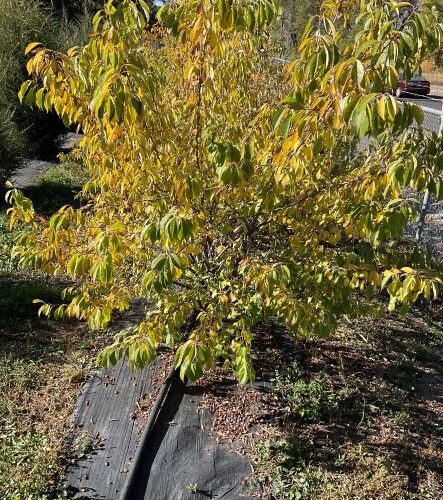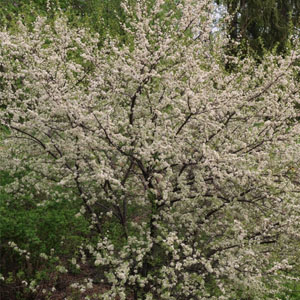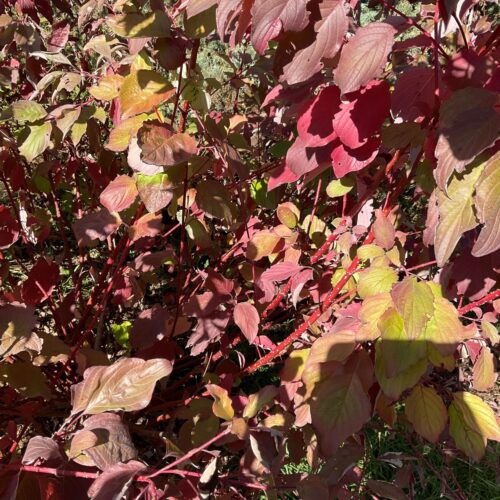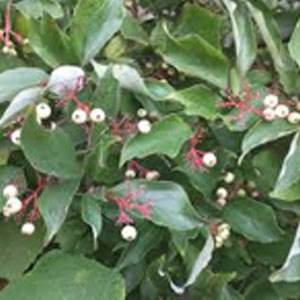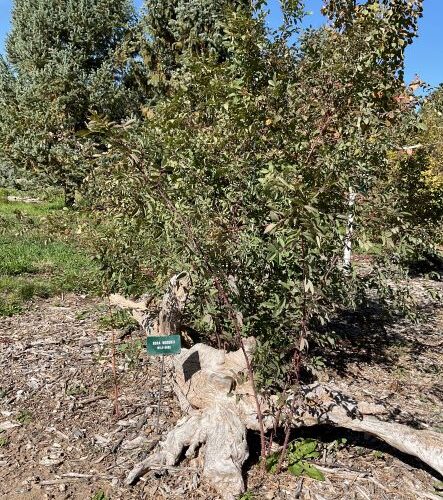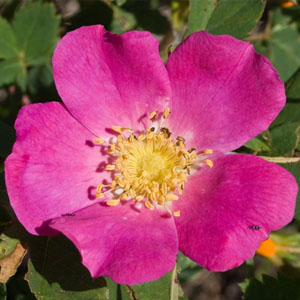Sold individually / Min. 10 inch height / $15.00 per plant / Individual pot size 7” x 6”
Please, don’t delay ordering – first come first serve!
By placing an order, you understand that there is no guarantee on survivability on any plants sold. There are no refunds or exchanges – if it is determined that you got a damaged plant you will be provided with a replacement, species dependent on stock availability. Orders will be fulfilled with stock that is conservation grade for the conservation natured purpose of this low-cost seedling program.
Once orders are picked up please make any claims of damaged or unhealthy plants within 24 hours after pickup, photos are encouraged.

